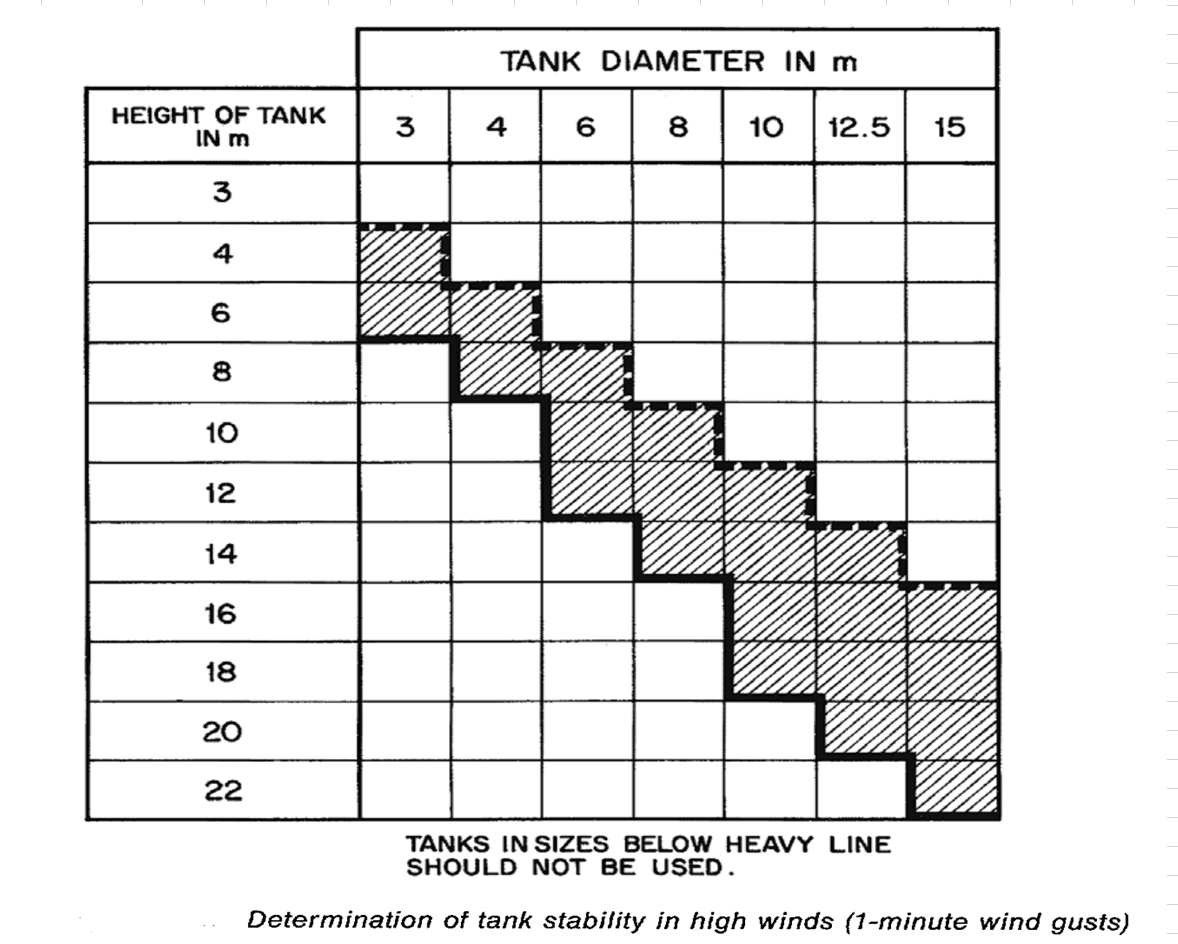Greetings,
I want to model a nonisotermal, nonisobaric multitube furnace to be used as primary methane-steam reformer. I calculated the final composition of first iteration of methane steam reformer with Runge-Kutta Fourth Order method.
a) I begin the calculation by using the following formulas for determining kinetic constants, equilibrium constants, and adsorption constant:
 1. Formulas for Calculating Kn, kn, and Keqn.png 45.52KB
2 downloads
1. Formulas for Calculating Kn, kn, and Keqn.png 45.52KB
2 downloads
and I compared the results from my calculation with this source (Silva and de Abreu, 2016, p. 4)
 2. Results and Comparations of Kn, kn, and Keqn.png 20.35KB
1 downloads
2. Results and Comparations of Kn, kn, and Keqn.png 20.35KB
1 downloads
which is weird. There is no difference in the input. I model my reactor with design temperature of 500 deg C and use similar constant R = 8,314 kPa m3/ kmol K, exactly what the journal models their FBR (fixed-bed reactors).
![]() Then I calculate the reaction rate formula with partial pressure of each composition that evaluated from molar flow per hour specified as follows:
Then I calculate the reaction rate formula with partial pressure of each composition that evaluated from molar flow per hour specified as follows:
 3. Reaction rate formulas.png 10.12KB
0 downloads
3. Reaction rate formulas.png 10.12KB
0 downloads
 4. Partial pressure calculation.png 15.08KB
0 downloads
4. Partial pressure calculation.png 15.08KB
0 downloads
 5. Molar flows.png 14.07KB
0 downloads
5. Molar flows.png 14.07KB
0 downloads
 6. Reaction rate results.png 16.57KB
0 downloads
6. Reaction rate results.png 16.57KB
0 downloads
c) Lastly, using the RK 4th Order and the following formulas, I present my results and my calcuation methods to Silva and de Abreu (2016), obviously wrong.
 7. Conversion formulas.png 13.38KB
0 downloads
7. Conversion formulas.png 13.38KB
0 downloads
 8. Final composition formula.png 9KB
2 downloads
8. Final composition formula.png 9KB
2 downloads
 9. Final composition results.png 18.73KB
0 downloads
9. Final composition results.png 18.73KB
0 downloads
What I want to ask is:
- What is wrong with this calculation? I got very unrealistic, too large values. I search for number of reasons.
- Maybe the universal gas constant is wrong? I search for 9 different configuration of formulas and try three of them. The universal gas constant usually different in units in the whole formula of, for example, in kinetic constant, R is in unit of J/kmol K. (that in Table 5 Silva and de Abreu, 2016, it uses kPa m3/kmol-K, 1000 times than J/kmol-K.) and when calculated, the unit usually don't match (for example, in Xu and Froment (1989) they use kJ/mol for energy activation, the value on nominator part of the kinetic equation inside exponential of natural number e, but the R uses kJ/kmol, which needs to be converted. I found that I can't do it because it will give different result). Even if we calculated them in exponential, the exponent in e will have different value if we divide the value with different values of R, which in some journals, don't state.
- There is no explicit formula for final composition and conversion that I can use directly. Furthermore, there are no guidance of how to use the rate formula (in some journals, they use net rates, and some uses the value of the rate and incorporate them into final calculation of molar flow rate) and have no luck. However, the biggest problem may be the result of kinetic constant values, I think.
The calculation is in the Excel document
![]() (R-03) Neraca Massa, Konversi, dan Panjang Tube.xlsx 193.72KB
17 downloads
(R-03) Neraca Massa, Konversi, dan Panjang Tube.xlsx 193.72KB
17 downloads
in sheet 4) TLength 9 for my calculations and 4) TLength 17 for the calculations from specification stated in Silva and de Abreu (2016)
Formulas of kinetic, adsorption, and equilibrium constants is in page 4-6 in this Word document.
 (R-03) Iterasi Awal Konversi.docx 96.25KB
7 downloads
(R-03) Iterasi Awal Konversi.docx 96.25KB
7 downloads
The question and my short design temperature and pressure is in the last page of
 Final Composition Calculation of First Iteration Step of Methane Steam Reformer With Runge.docx 27.74KB
11 downloads
Final Composition Calculation of First Iteration Step of Methane Steam Reformer With Runge.docx 27.74KB
11 downloads
Source:
1) Silva, J. D., de Abreu, C. A. M., Modelling and simulation in conventional fixed-bed and fixed bed membrane reactors for the steam reforming of methane, International Journal of Hydrogen Energy (2016), http://dx.doi.org/10...ene.2016.01.023
2) Xu, Jianguo, Froment, Gilbert F. Methane Steam Reforming, Methanation and Water-Gas Shift: I. Intrinsic Kinetics. AIChE Journals, Jan 1989, Vol 35, No. 1, p. 90-96

 FB
FB












